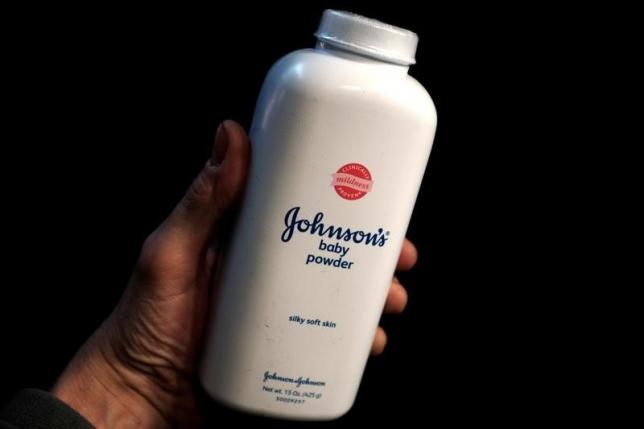Johnson & Johnson, manufacturer of Johnson’s signature talc-based Baby Powder, has announced a proposed settlement worth $6.475 billion to address thousands of lawsuits filed against the company in the United States over its talc-based powder products and their alleged link to cancer. This proposed settlement, which would be spread over 25 years, aims to resolve the vast majority of the talcum powder cancer claims pending against the company and bring an end to the company’s long-standing legal battles. If the settlement is approved by claimants, it would allow Johnson & Johnson to resolve the talcum powder lawsuits through a third bankruptcy filing of its subsidiary company, LTL Management.
Johnson’s Talcum Powder Allegedly Linked to Ovarian Cancer, Mesothelioma
For decades, Johnson & Johnson has been at the center of a financial and public relations crisis due to allegations that its talc-based products, including talcum powder, may cause ovarian cancer and mesothelioma. Despite the company’s insistence that its talc products are safe for consumers, these lawsuits have persisted, resulting in significant legal challenges. Approximately 99% of the talc-related lawsuits filed against Johnson & Johnson and its subsidiaries are related to ovarian cancer claims, with a much smaller percentage raising claims of mesothelioma.
Does Johnson’s Talcum Powder Cause Cancer?
Johnson & Johnson has consistently maintained that its talc-based products are safe and do not cause cancer. However, decades of scientific research have raised concerns about the safety of talcum powder, particularly due to its alleged link to ovarian cancer and mesothelioma – a rare cancer affecting the tissue that lines the lungs, abdomen, and chest wall – which is most commonly caused by exposure to asbestos. A 2018 Reuters investigation revealed that Johnson & Johnson knew for decades that its talc was sometimes tainted with carcinogenic asbestos and kept this information from regulators and the public.
In one talcum powder cancer study conducted by researchers from Harvard, it was determined that using talc-based powders for feminine hygiene purposes may increase a woman’s risk of ovarian cancer by as much as 36%. Another case study of 33 people published in 2019 also provides compelling evidence that exposure to cosmetic talcum powder contaminated with asbestos may cause malignant mesothelioma.
The Proposed Settlement and Bankruptcy Filing
Johnson & Johnson’s proposed settlement, subject to a three-month voting period by claimants, is the company’s latest attempt to resolve all current and future talcum powder cancer lawsuits. It would allow the company to resolve the majority of the lawsuits through a bankruptcy filing of its subsidiary, LTL Management, which was created to absorb Johnson & Johnson’s talc-related liabilities. The company’s two previous attempts to resolve the talcum powder lawsuits through bankruptcy filings were both rejected by the courts.
The settlement plan aims to provide a comprehensive resolution for the talcum powder claimants and prevent future litigation related to ovarian cancer. However, the company has indicated that lawsuits involving mesothelioma claims will be addressed outside of the proposed settlement plan.
Impact of the Proposed Settlement and Legal Implications
Should Johnson & Johnson’s talcum powder settlement receive approval from the claimants, it would mark a significant milestone in the company’s efforts to address the talc cancer lawsuits. By resolving a substantial portion of the claims, the company aims to provide closure to the affected individuals and their families. The settlement also has financial implications, as it would allow Johnson & Johnson to allocate resources to address the remaining pending lawsuits and manage its talc-related liabilities effectively.
Talcum Powder Lawsuit Information
Johnson & Johnson knew for decades that asbestos lurked in its Baby Powder, Reuters
Mesothelioma Associated With the Use of Cosmetic Talc, Journal of Occupational and Environmental Medicine

